Understanding Your Cat's Behaviour
Cats are intriguing pets, sometimes they want to interact and play with you and other times they’ll act like they don’t even know you – we love them, nonetheless. We’ve tried to answer some common questions from cat-owners about their cat’s behaviour.
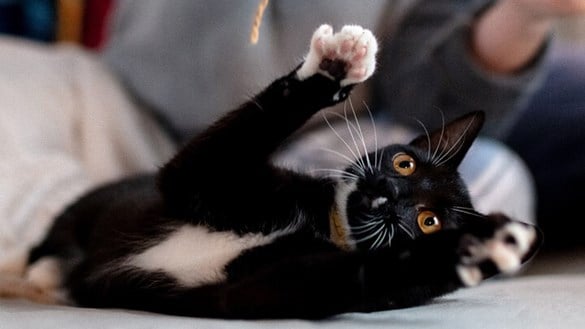
1. Why does my cat hide?
Cats tend to hide when they feel stressed, this could be because their routine has been interrupted, it could be because of loud noises (e.g. fireworks or building works) or even just visitors in your home. Not all cats enjoy social interaction outside of their own family, they can be shy too.
When feeling like this, your cat will try to find a place to retreat where they won’t be found or disturbed. This will help them feel safe and secure and they’ll eventually emerge when they believe the coast is clear.
It’s worth considering a few options to allow your cat to hide easily: cardboard boxes are always a good bet, even better with a comfy blanket. They may also use the top of wardrobes or under beds – just make sure that their retreat room is safe with secured windows, and bathroom doors closed or at least toilet lids down. If your cat chooses a high spot, try and make sure that they have a safe route up and down.
2. What is my cat’s body language telling me?
Cats are complex creatures, often, they’ll be purring indicating play rather than aggression. Here are some common body language signals explained.
Approaching with tail in the air
This is a greeting; your cat is pleased to see you and would like a fuss.
Tummy roll
This is a sign of trust; it doesn’t always mean you have permission to rub their tummy though, this will depend on your cat.
Nudging corners of furniture or people
You smell different and your cat is trying to make sure that you are familiar or simply showing you that they are pleased to see you / be home.
Ears flat/eyes wide
Your cat is worried about something; you should avoid trying to comfort them at this point.
Purring
This is your cat’s way of letting you know they are content, and if you are fussing them, it means I like it and you can do some more of that please.
However, cats also purr when they are stressed, so it’s important to look for other signs; if your cat appears anxious, it probably is, regardless of whether they are purring or not.
There are some great videos on cat’s body language from the Cats Protection, you can watch them by clicking the button below.
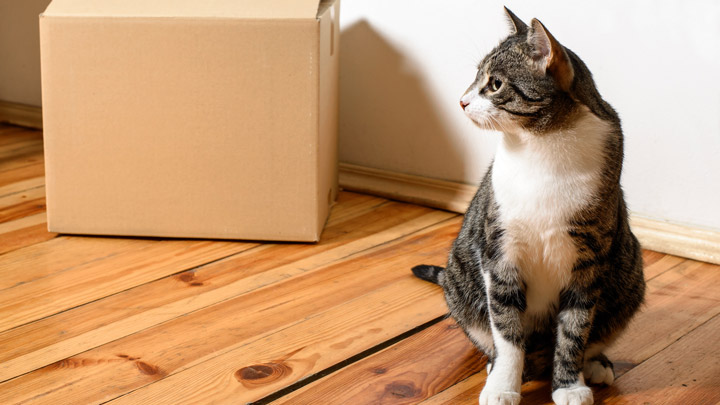
3. Why does my cat ambush my feet?
A key reason why your cat may ambush your feet is that when it was younger, games and interaction may have involved playing with fingers and toes. This is often bearable when they are kittens, but as a kitten gets stronger it becomes pretty painful.
The best thing to do to stop this behaviour is to not react at the time, this may involve you having to wear claw-proof footwear for a bit. You can also identify the areas that your cat likes to pounce from remove any props that they are using to hide behind. Use a toy to distract them when they are in their pouncing place or position.
They may also ambush your feet when they believe that you may have forgotten about dinnertime, this is all about ensuring they have a good feeding routine.
4. How often should I play with my cat?
Cats are pretty independent, but most of them are willing to engage in a game or two. Playing with your cat is a really good way to bond and is also a lot of fun for both of you. When your cat is outdoors, they will find similar games to play themselves, chasing leaves and the like. When your cat plays their body releases endorphins, which make them feel good – so it’s good from both a physical and well-being perspective.
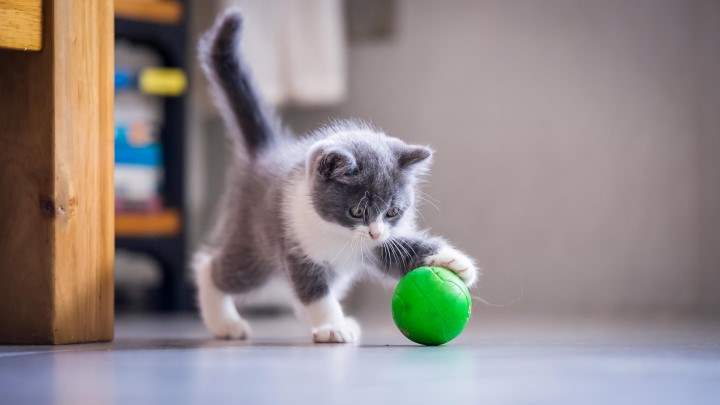
How often you play with your cat will depend on their age, a kitten will be happy to play around ten or more times a day. Whereas an adult cat will be happy with around four times a day. A couple of minutes at a time is fine for each session; enough time to have fun, but not long enough to get bored.
Indoor cats need more play than outdoor cats. One way to encourage them to move more is to use a puzzle feeder for meal times or treats. Your cat will enjoy the challenge of working out how to get at their food with the added advantage that if your cat tends to eat too quickly, this will slow them down. Always make sure that food and treats are part of a controlled diet to avoid overeating and weight issues for your cat.
Toys are great fun, try to mix it up with a variety of different toys; they don’t need to be expensive; all cat owners know that cats love a cardboard box. If you buy a toy, a fishing rod option with feathers emulates them chasing their prey. Remember to let them win sometimes or they may become frustrated with the game. Catnip stuffed toys are almost always a hit; this herb has a euphoric effect on cats.
Cats enjoy climbing and, if you have the space, an activity centre can provide lots of entertainment as well as somewhere to sharpen their claws and have a catnap.
Don’t leave your cat alone with their toys as they may shred them and eat something they shouldn’t. It’s also important to remember to check toys regularly for loose parts.
Related Articles
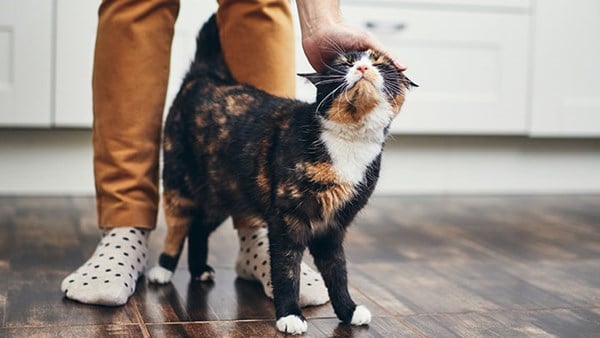
Responsible Cat Owner's Guide
Refresh your knowledge of responsible cat ownership with our complete guide.
Read article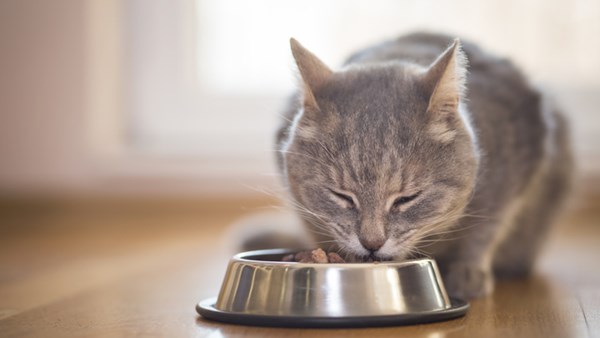
Obesity In Cats
If you’re worried that your cat is getting a bit too soft around the middle, now is the time to nip it in the bud before it affects their health and wellbeing.
Read article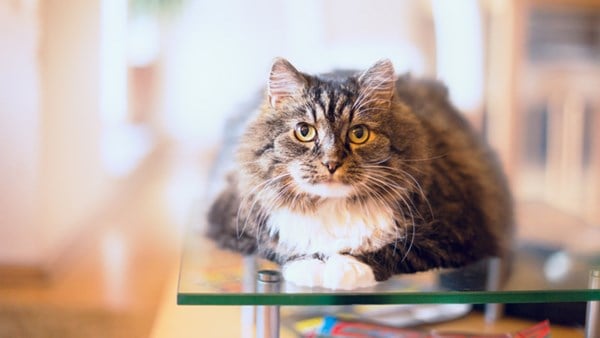
Vaccinating Your Cat
Welcoming a cat into your home is an exciting time for your family. As well as giving them lots of cuddles, one of the best things you can do for your new feline friend is get them vaccinated.
Read article
